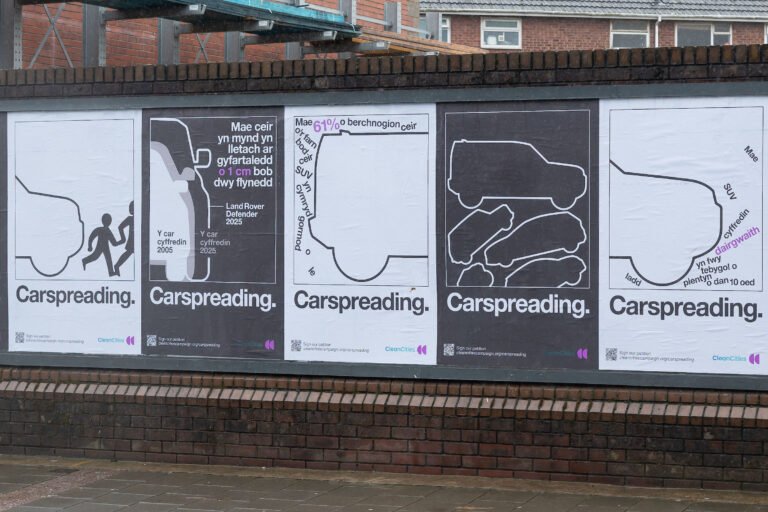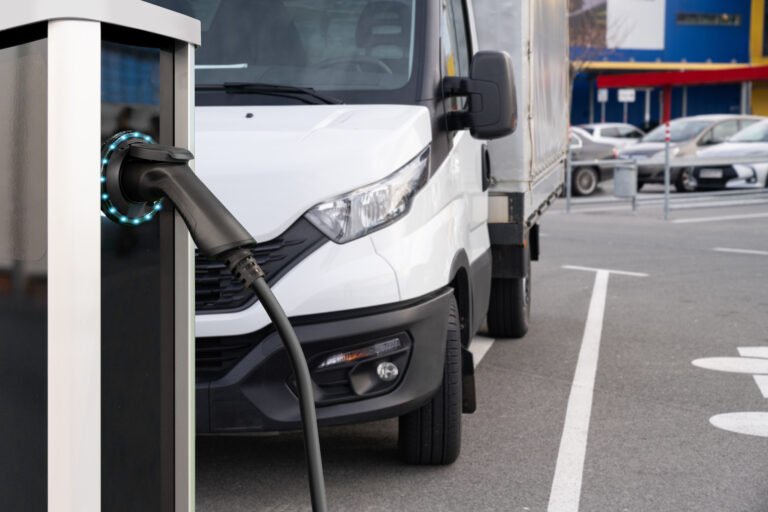
Thousands more cars entering central London since weeknight Congestion Charge removed
New analysis published by the Clean Cities Campaign shows the number of cars entering central London during the week between 6pm and 10pm has increased by 59% since the Mayor’s decision to remove the Congestion Charge during those hours.
An analysis of TfL data from February 2022 [1] shows a total average of 12,968 cars entering central London Monday to Friday between 6pm and 10pm when the Congestion Charge was in operation. By October 2022, after the charge was removed on weeknights, this had ballooned to a total average of 20,654 cars – a 59% increase – leading to more traffic and harmful emissions. By comparison, the number of cars entering during the daytime had increased by 12%.
The same data shows there are now more cars entering central London in the evening peak (7pm – 10pm) – when the Congestion Charge does not apply – compared to the morning peak (7am – 10am) [2].
Oliver Lord, UK Head of Clean Cities Campaign said, “We were all baffled when the Mayor decided to end the Congestion Charge on weeknights because it flew straight in the face of his clean air and climate targets. Introducing it at the weekends was spot on. Removing the Congestion Charge on weeknights has led to a car-led recovery that will worsen our health and do nothing for the economy. I really hope the Mayor hasn’t given up on central London because we need his leadership.”
Change in habits
The analysis uses data from TfL’s fifteenth ‘Travel in London report’, published in December 2022, which states “It is clear the changes to the Congestion Charge have influenced the return of motorised traffic in central London” [3].
This is in contrast to comments made by the Mayor in December 2021 on his decision to remove the Congestion Charge on weeknights saying, “It’s vital we do not encourage a car-led recovery and replace one public health crisis with another due to filthy air” [4].
Previous research by the Clean Cities Campaign has shown that ‘Urban Vehicle Access Regulations’, such as the Congestion Charge, as well as walking and cycling projects, have had a positive effect on the performance of the retail sector in cities across Europe [5].
Ben Paul, a concerned parent in Bloomsbury said, “Children growing up in London have had to endure decades of filthy air, leading to lifelong illnesses and health inequities. As a local resident and having campaigned for more than a decade for safer streets and clean air, I was stunned when the Mayor dropped the evening congestion charge.
Asking car drivers to pay for the privilege of driving into central London in the evenings was the right thing to do. What happened to “building back better? Why do we still pay the price with our health for a minority to clog up our public space and pollute our homes with noise and toxic fumes?”
Andy Beverley, a resident in Westminster said, “There is so much evidence to show that the West End economy would thrive with fewer cars driving around. It’s a mystery as to why a policy would be enacted to achieve the opposite, especially one that is detrimental to everyone’s health.”.
Jeremy Leach from road danger campaign group Action Vision Zero said, “The pandemic has shown us just how strong the link is between the volumes of traffic and numbers of road casualties. Injuries and deaths have risen again as traffic has returned to London’s streets. Allowing traffic volumes to increase in central London in the evenings when the streets are often packed with people walking, cycling and taking public transport increases the danger they face.”

